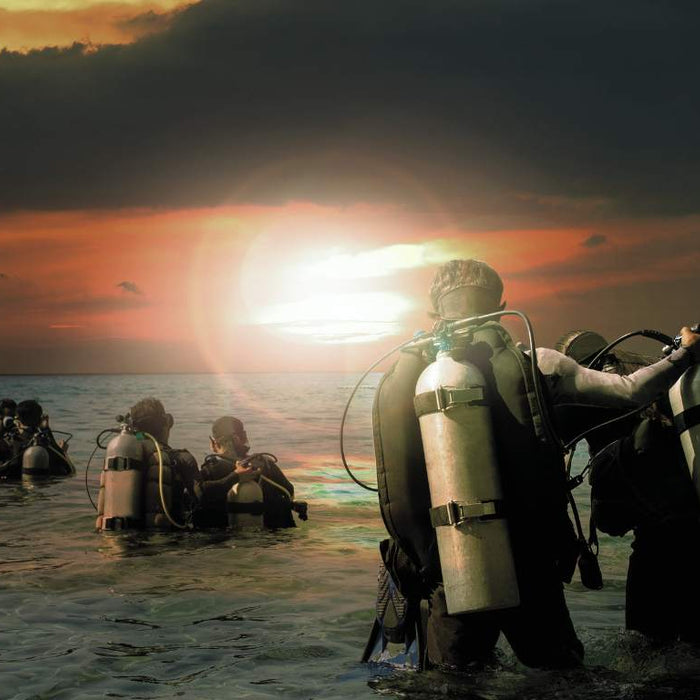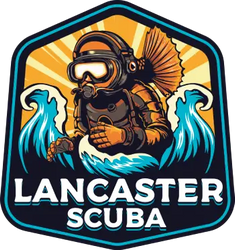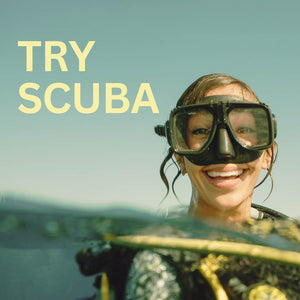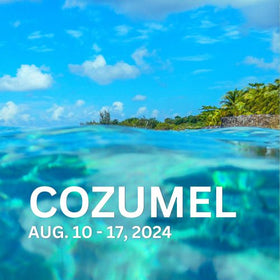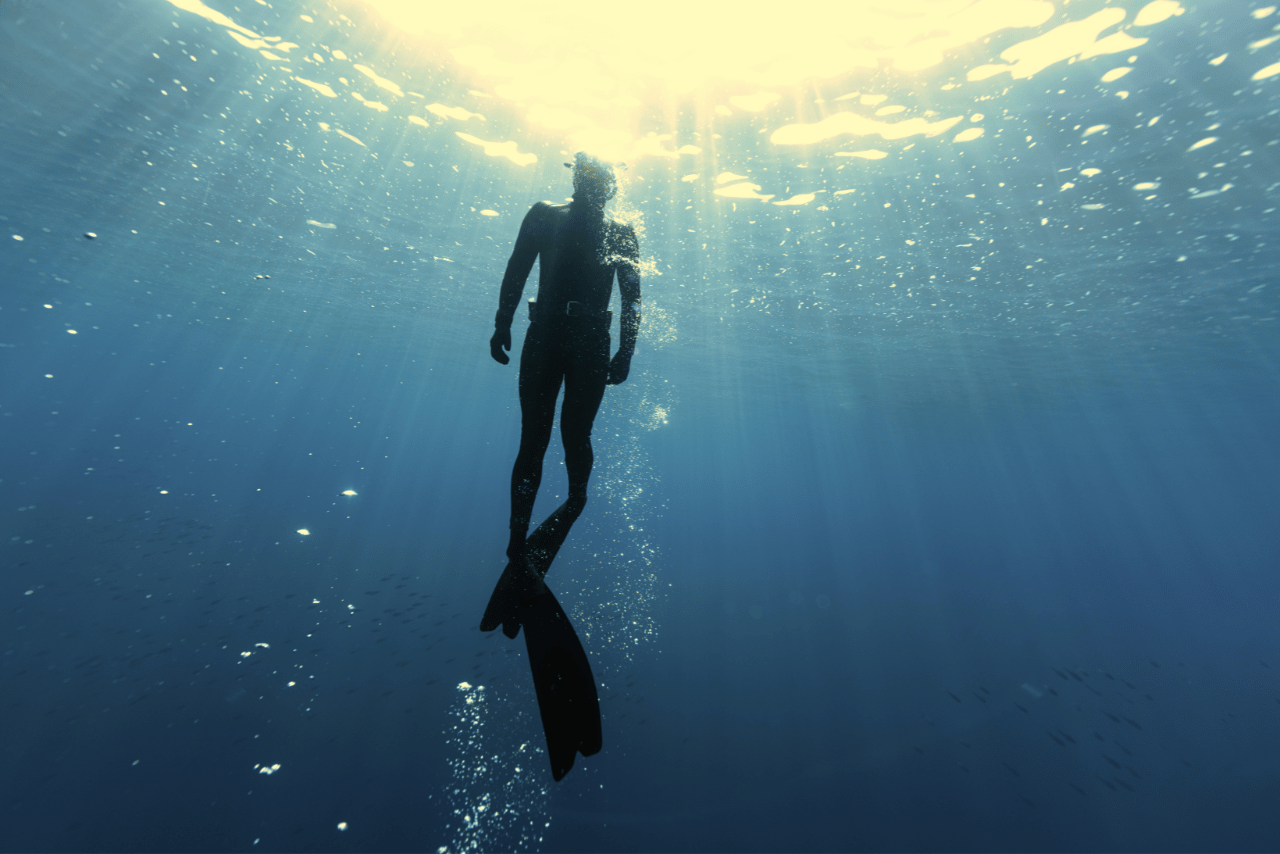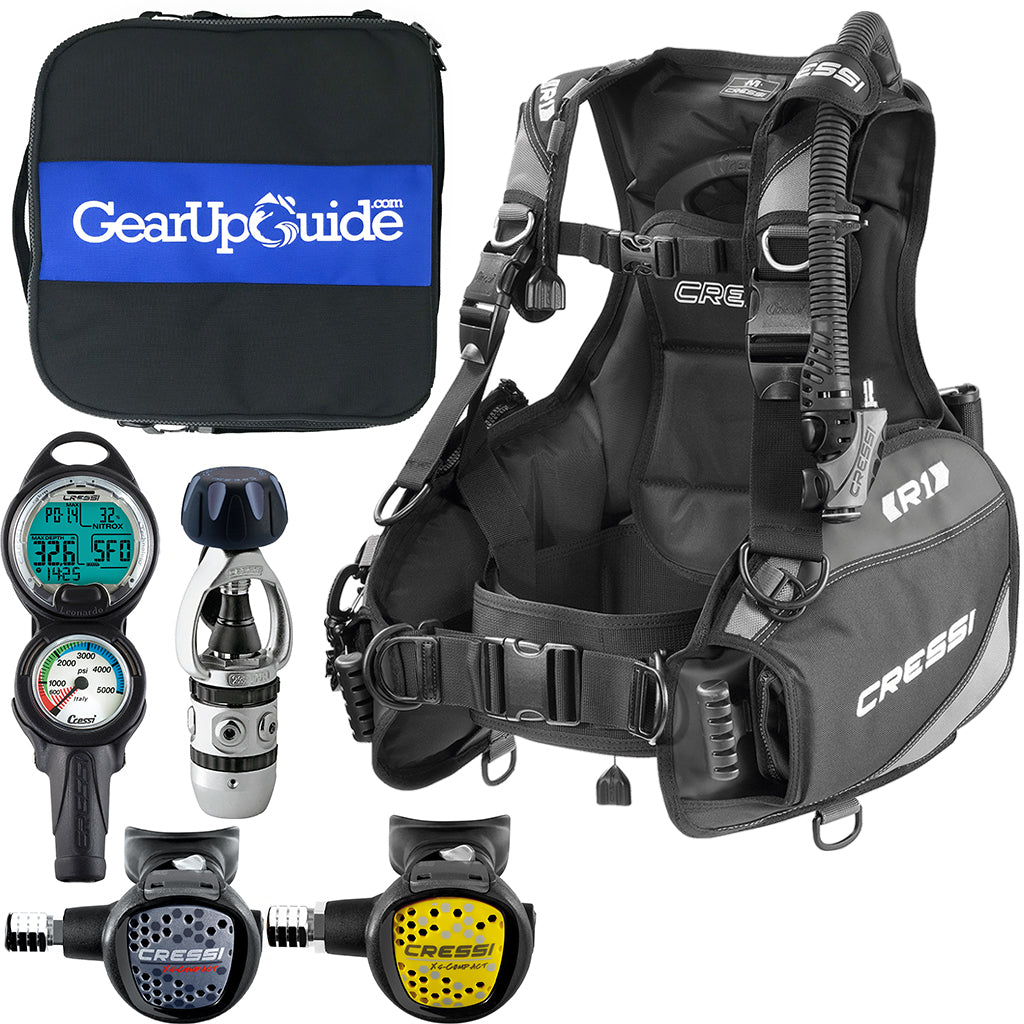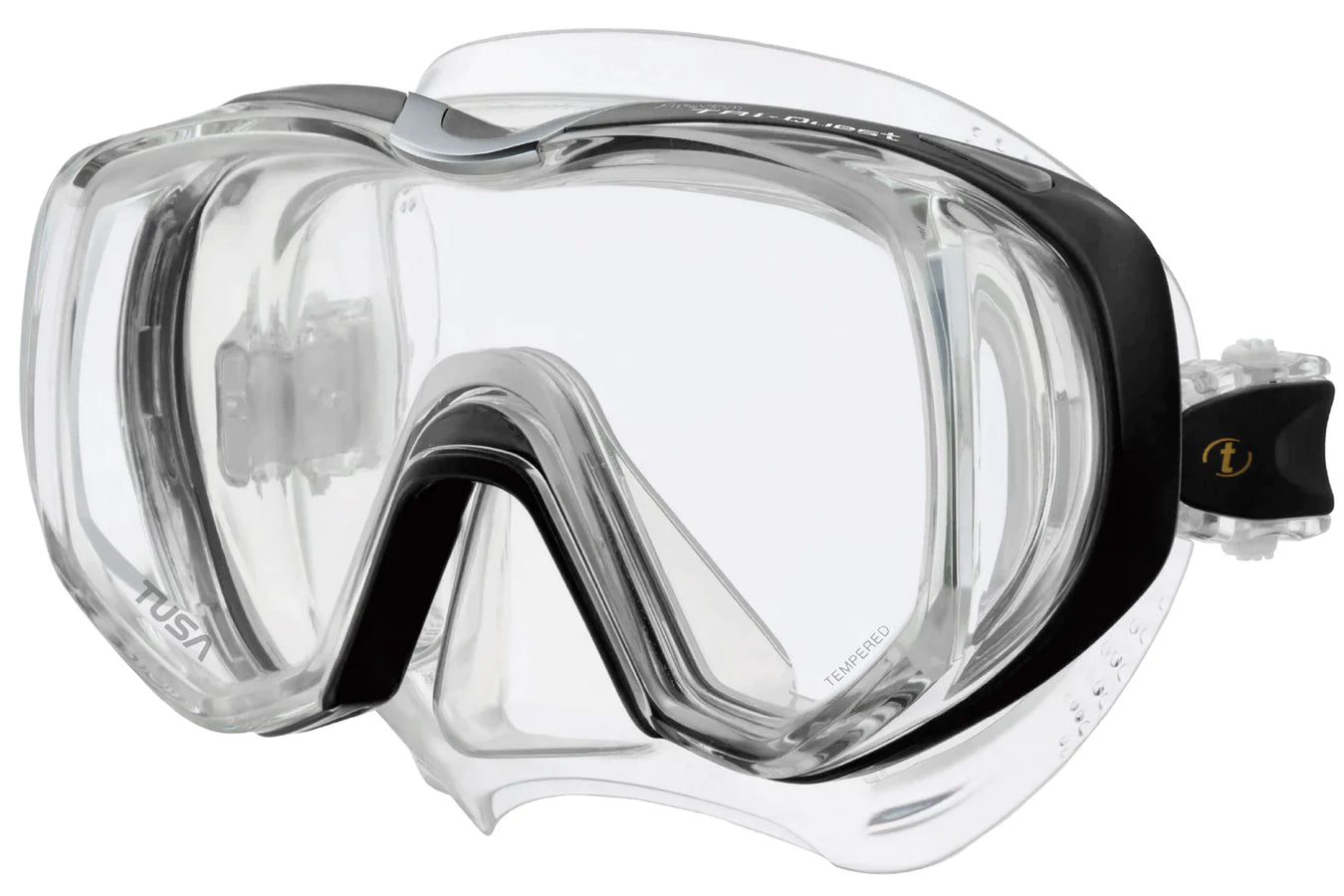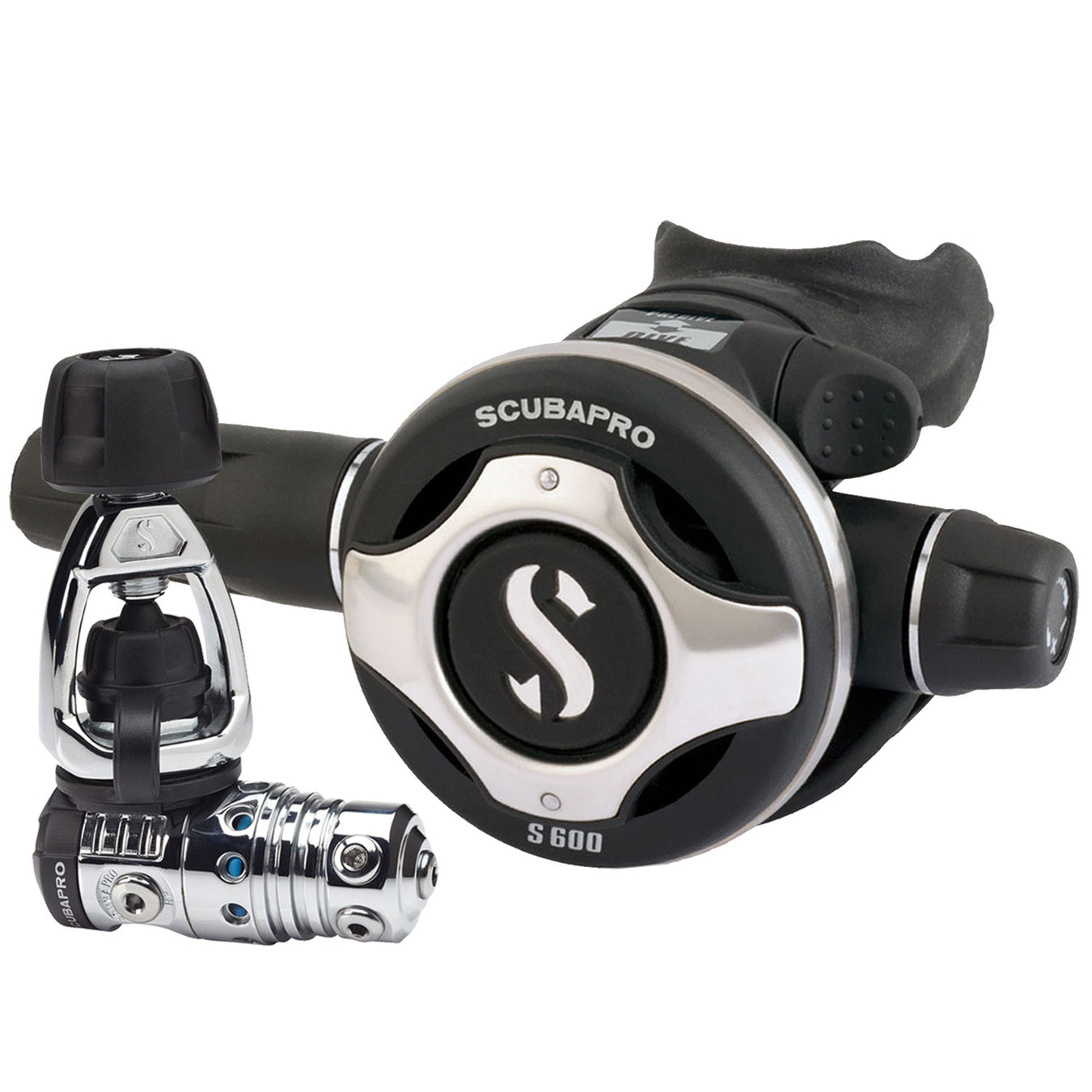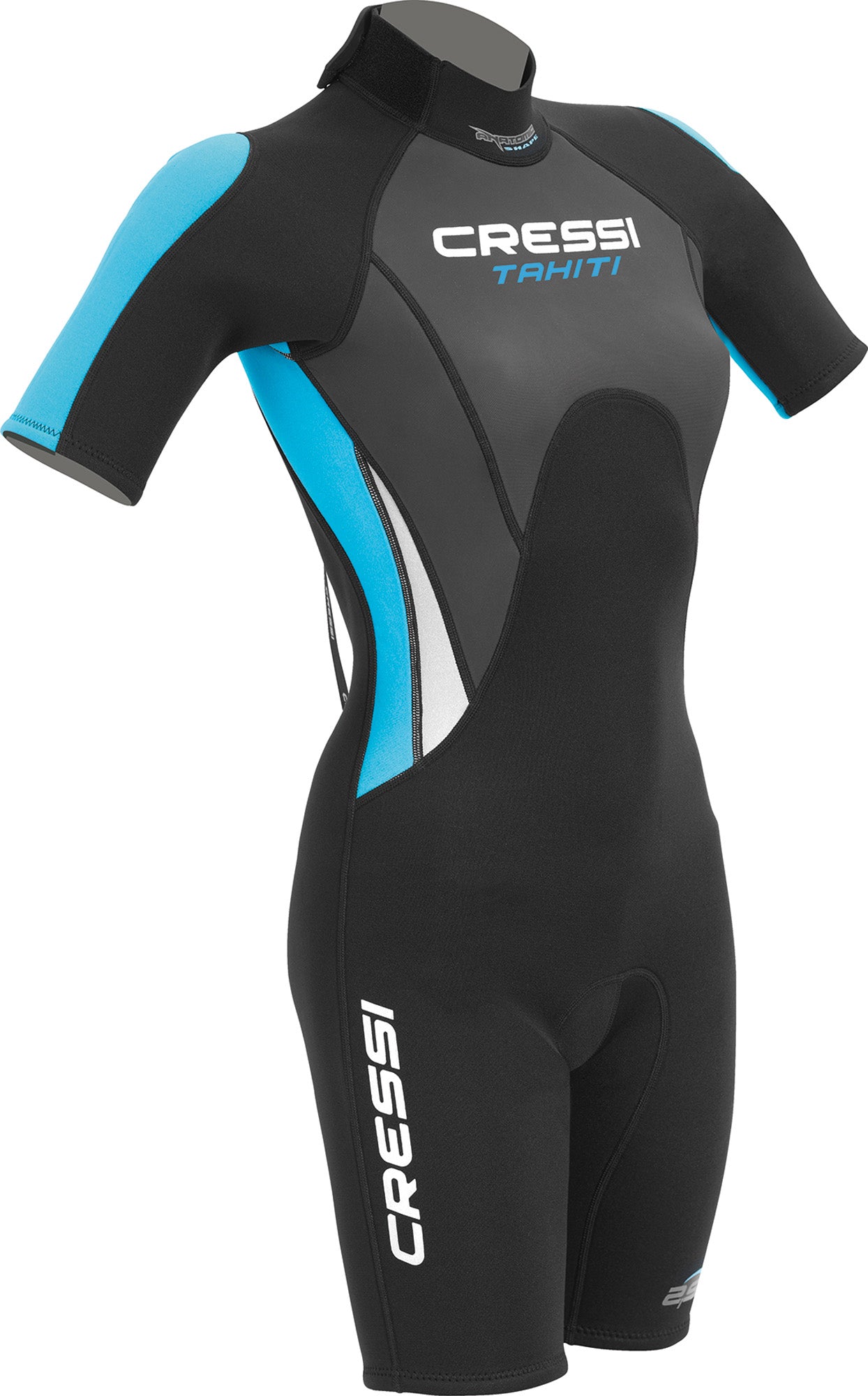Introduction to Freediving
Ever wondered what it feels like to glide through the ocean, as silent and free as the marine life surrounding you? Welcome to freediving, a form of underwater diving that eschews the use of breathing apparatus, relying instead on the diver's ability to hold their breath until resurfacing. Freediving, or apnea diving, offers a unique blend of adventure, tranquility, and a deep connection with the underwater world, unlike any other aquatic activity.
A Dive into History
The roots of freediving stretch back thousands of years, with ancient civilizations engaging in this practice for food, treasures, and the sheer challenge it presented. From the Ama divers of Japan to the pearl divers of the Persian Gulf, freediving has not only been a means of survival but also a rite of passage. Modern freediving, influenced by figures such as Jacques Mayol and Enzo Maiorca, has transformed into a competitive sport and a form of personal exploration.
Understanding Freediving: The Basics
At its core, freediving is about mastering the art of breath-holding and understanding your body's responses to being underwater. The sport is categorized into various disciplines, from the simplicity of Static Apnea, where divers see how long they can hold their breath while stationary, to the adrenaline-pumping No Limits (NLT), which involves descending as deep as possible with the aid of a weighted sled.
Safety First: The Importance of Safety in Freediving
The allure of the deep blue should never overshadow the paramount importance of safety. Key safety concerns in freediving include the risk of shallow water blackout, equalization issues, and potential entanglements. The golden rule? Never freedive alone. A buddy system ensures that someone is always on the lookout, ready to assist if necessary.
How to Start Freediving: Your Path to Becoming a Freediver
Eager to take the plunge? Starting your freediving journey begins with understanding the fundamentals through a certified course. Lancaster Scuba offers comprehensive Freediving Courses tailored for beginners, focusing on safety, technique, and equipment familiarization. Training and certification provide the foundation for a safe and enjoyable freediving experience.
Gear Up: Essential Freediving Equipment
Equipping yourself with the right gear is crucial for a successful freedive. At the minimum, you'll need a comfortable, low-volume freediving mask, a freediving snorkel, freediving fins (preferably long-bladed for efficiency), a weight belt to optimize buoyancy, and a freediving wetsuit tailored to the water's temperature. Lancaster Scuba offers a curated selection of freediving gear perfect for beginners and seasoned divers alike.
Freediving Techniques: Mastering the Art of Freediving
Freediving is not just a sport or a hobby; it's an art form that incorporates a variety of techniques, each with its own set of challenges and rewards. Whether you're aiming to improve your breath-hold time or explore the depths of the ocean, understanding and mastering these techniques is crucial. Here's a closer look at each:
Each of these techniques offers a unique pathway into the depths of both the ocean and one's own capabilities. Starting with the more accessible practices like Static Apnea and Dynamic Apnea can lay a strong foundation for safety, skill, and confidence. As you grow in your freediving journey, exploring deeper disciplines like Constant Weight, Free Immersion, Variable Weight, and even No Limits becomes a quest not just for depth, but for personal discovery and mastery over the body's reactions to the underwater environment.
Remember, freediving is as much about understanding and respecting your own limits as it is about exploring the underwater world. Proper training, a focus on safety, and a gradual approach to challenging yourself are key to a fulfilling and safe freediving experience.
Exploring the Depths: Where to Freedive
The beauty of freediving lies in its versatility; you can practice it almost anywhere there's water. The United States boasts numerous freediving spots, from the crystal-clear springs of Florida to the kelp forests of California. Internationally, the Blue Hole in Dahab, Egypt, and the Dean's Blue Hole in the Bahamas offer breathtaking dives. Local spots near Lancaster Scuba also provide fantastic opportunities for both training and exploration.
The Freediving Community: Joining a World of Like-Minded Adventurers
Freediving is more than just a sport; it's a way to connect with a community of individuals who share a passion for the underwater world. By engaging in courses, events, and social media, you can immerse yourself in the world of freediving, sharing experiences and learning from others. Lancaster Scuba is your gateway to this vibrant community, offering courses, meetups, and events designed to bring freedivers together.
Conclusion
Freediving opens up a world of serene beauty, challenging adventures, and profound connections with nature. By embracing safety, seeking proper training, and equipping yourself with the right gear, you're ready to explore the depths of the ocean in its most natural form. Lancaster Scuba is here to guide you every step of the way, from your first breath-hold to your deepest dive.
Ready to take the plunge? Discover the freedom of the underwater world with Lancaster Scuba's Freediving courses. Dive deeper into your adventure today!
